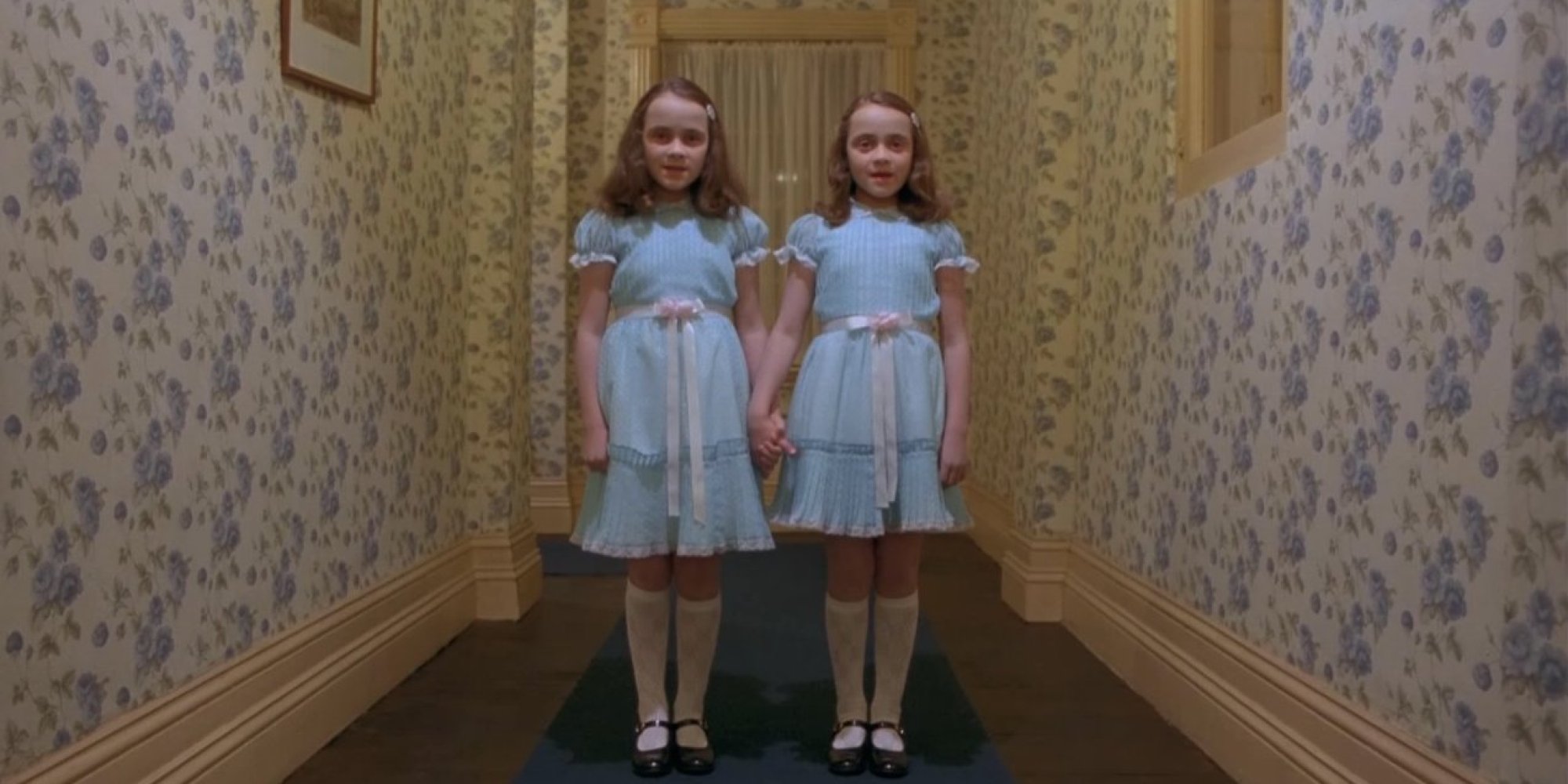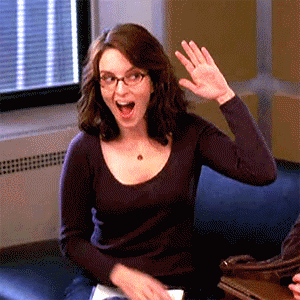Five Tips for Success as a Self-Published Author
by Susan Kaye Quinn
Can you spot the self-published titles?
Hint: they all are.
(Caveat: A.G. Riddle started out indie but is now published through Amazon's 47North imprint along with Marko Kloos)
The truth is that self-published titles now regularly top the charts - if not outright dominate them. Successful self-published titles have great covers and lots of fervent fans - often the only way to distinguish them from traditionally published titles is the publisher listing in the description (and the price - indie titles are usually less than $5.99 for single titles).
How do you become one of these successful indie authors? Hard work, luck, and educating yourself about how the indie marketplace works.
Here are FIVE TIPS to get you started. For a full run-down on how to launch your indie author career, see my Indie Author Survival Guide (Second Edition now available). To take your indie author career to the next level, pre-order my For Love or Money: Crafting an Indie Author Career (releases 7.14).
TIP #1: Study the Bestsellers - In both craft and business, studying successful people will help you discern the ingredients of success. Always be striving to take your craft up a level - by craft I mean storytelling, not just the way you string words together. Because as much as we like to disparage that poorly written erotica book at the top of the charts, I guarantee that good stories well told actually do sell. (Alternatively, if you want to chase the latest trend, that's possible now - there's no sin in giving readers more of what they want, but it's nowhere near as easy as you think.) As far as business, look who is selling in your genre and what they did to get there. Don't follow what people say - look at what they actually do. The actions of successful people often fly in the face of conventional wisdom. (I welcome you to look at my own path to success as well as many other indie authors - often the most successful are not the ones offering advice about it! #yesIseetheirony )
TIP #2: Be a Professional - Don't dabble. Don't dip your toe into indie publishing with a short story that's not going to sell. Go full cannon-ball jump into the pond with professional covers, formatting, editing, the works. Make sure your novel can comfortably sit in the top 100 of your category. This will require up-front investment, but most books can be well-published for under $1000 - and I know of no other legit business you can start for that little money invested. Don't skimp. (Note: on the other hand, don't throw money away on a $3000 cover that will be hard to recoup; be sensible.)
TIP #3: Launch With a Series - You don't have to pre-write an entire trilogy and release the books one month apart... but that's an option now, with indie publishing. If you can write a novel in six months, you could publish the first book, then write and publish Books 2 and 3 within a year. I've seen both models be successful (note: don't wait more than six months between books). Make the commitment to quickly build a backlist and get books into readers' hands. Delivering three connected novels to readers within a year is a strong way to launch a career (note: I'm talking novels here, not novellas or short stories or serials - those are fun, but not career-launchers).
TIP #4: Launch in Amazon then Go Wide - There's a lot to learn in indie publishing, so staying focused can be key to staying on track - plus launching a new series in the Kindle Unlimited system gives new authors/new series a boost in visibility. Use this to get your footing. Then, when you've established your brand as an author, you can expand to the other retailers (Nook, Kobo, iTunes, Google Play). You'll be a veteran at that point and in a good position to weigh the pros and cons of exclusivity vs. reach.
TIP #5: Never Stop Writing - the single most important thing you can do in your career is write the next book. Generating new IP (Intellectual Property) is the one thing only you can do - the rest can be outsourced. It's tempting to get bogged down in all the latest and greatest changes in the industry, but the biggest lever you can pull to move sales is to launch a new book. Or an entirely new series. You want to study the bestsellers, but always remember: your biggest asset is your uniqueness. Make sure you're continually feeding your creativity, reaching for that next level with your work, bringing out the fullest expression of your abilities. Spend the bulk of your time doing creative work - reading, writing, watching movies, taking workshops, using craft books to boost your skills, exploring new forms, learning how to write faster... whatever works for you to elevate your craft and increase your enjoyment of writing. This is the creative life you want, yes?
I really should have started with TIP #0: Decide What Mountain You Want To Climb - I have an entire section in my Indie Author Survival Guide about making a Mission Statement so that you know you're climbing the right hill before you set off in dogged pursuit of the success you think you want.
Knowing what will make you happy, then having a plan to get there? That's the only key to success you actually need.
p.s. if all of this terrifies you, I understand. Truly. Watch this webinar on facing your fears and don't let that hold you back.
Indie Author Survival Guide (Second Edition) now available
For Love or Money: Crafting an Indie Author Career - preorder for 7.14






